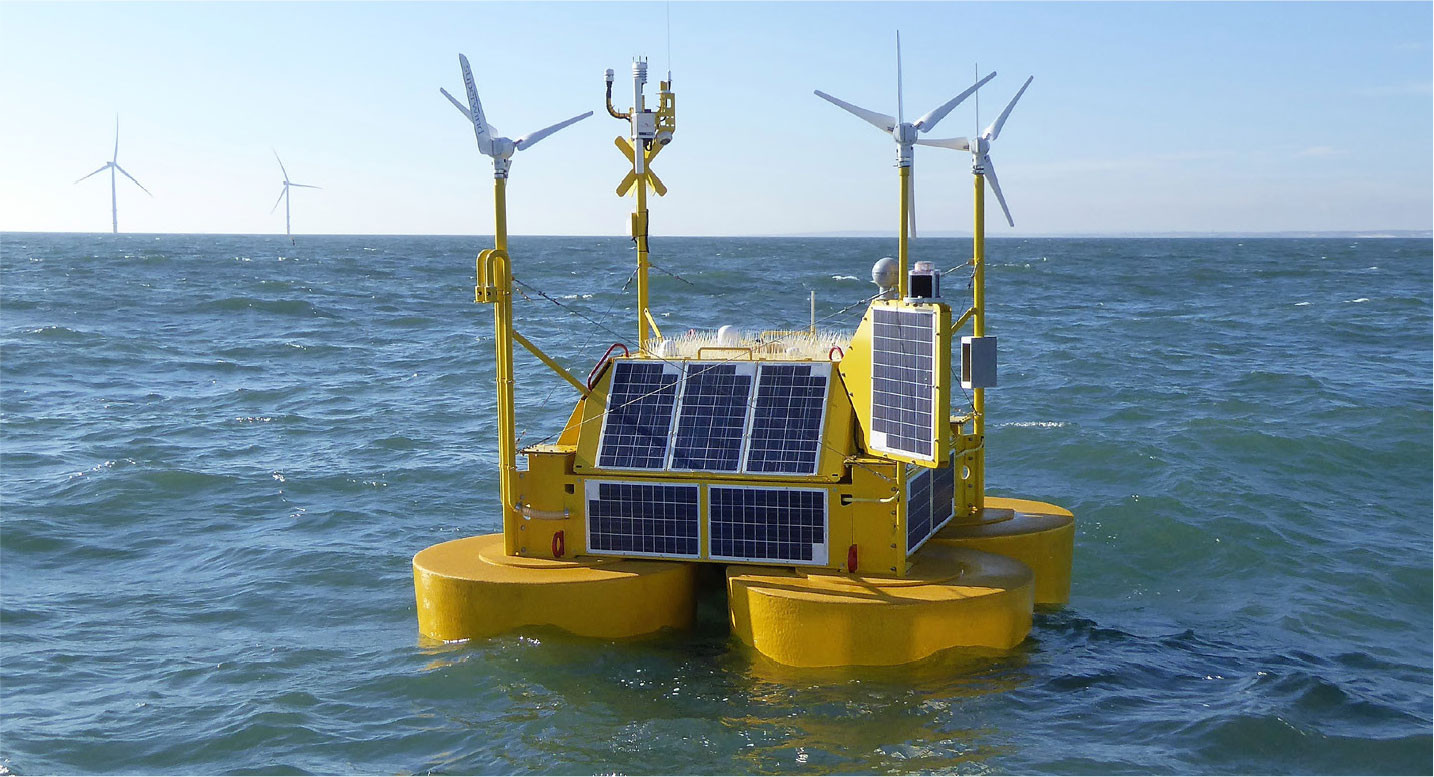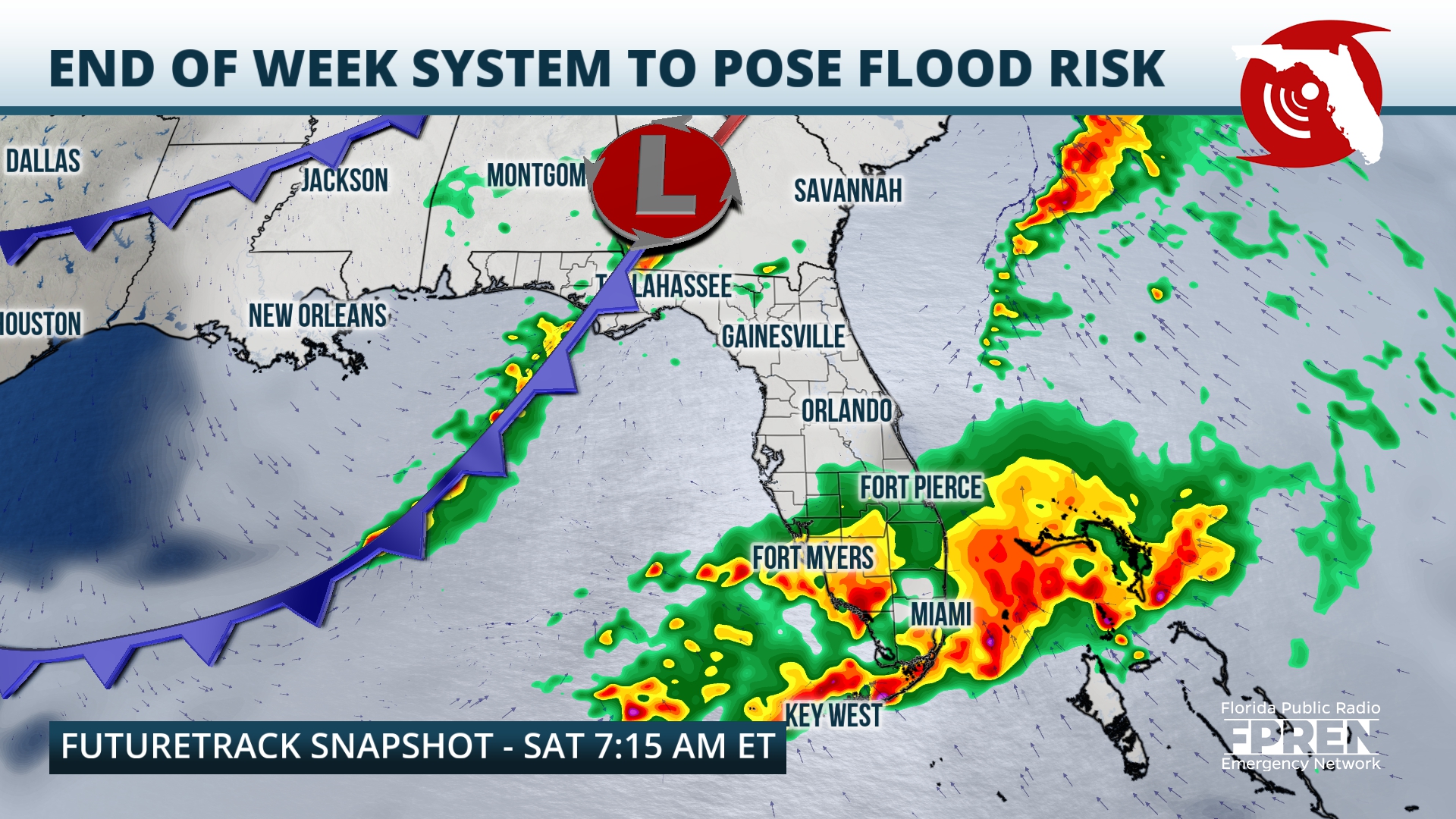Report on the Role of Offshore Wind Farms in Marine Ecosystem Restoration and Achieving Sustainable Development Goals
Executive Summary
A recent international study highlights the significant potential for the expanding offshore wind industry to contribute positively to marine ecosystem restoration. By integrating restoration efforts into development plans, the industry can advance key United Nations Sustainable Development Goals (SDGs), particularly those related to clean energy, marine biodiversity, and climate action. This report synthesizes the study’s findings, emphasizing the alignment between offshore wind development and global sustainability targets.
Key Findings: A Synergy Between Energy and Ecology
Dual Contribution to Global Goals
Offshore wind farms are identified as having a dual function in achieving global sustainability targets. Their primary role is the generation of clean energy, directly supporting SDG 7 (Affordable and Clean Energy). Concurrently, their infrastructure can be leveraged to actively restore vulnerable marine ecosystems, a critical objective for SDG 14 (Life Below Water).
Financial Framework for Restoration
The study proposes a viable financial model for large-scale marine restoration. Key points include:
- Dedicating just 1% of the global investment in offshore wind between now and 2050 could finance the restoration of millions of square kilometres of marine habitats.
- This investment directly addresses the funding gap that hinders the achievement of the UN target to restore 30% of degraded ecosystems by 2030.
- The projected exponential growth of the offshore wind sector, from 56 gigawatts in 2021 to an estimated 2,000 gigawatts by 2050, presents a unique window of opportunity for this integrated approach.
Socio-Economic and Environmental Co-Benefits
Investing in nature-based solutions through wind farm development yields substantial returns. The report indicates that for every dollar invested in ecosystem restoration, a return of $2 to $12 in societal benefits can be realized. These benefits directly support multiple SDGs by:
- Enhancing climate resilience and supporting SDG 13 (Climate Action) through carbon sequestration in restored habitats.
- Protecting coastal communities from erosion and storm surges.
- Replenishing fish populations, which underpins food security and supports SDG 2 (Zero Hunger) and SDG 8 (Decent Work and Economic Growth).
Alignment with Sustainable Development Goals (SDGs)
Primary SDG Contributions
- SDG 14 (Life Below Water): The initiative directly promotes the conservation and sustainable use of marine resources by restoring critical habitats such as coral reefs, seagrass meadows, oyster reefs, and coastal wetlands. This creates a net-positive contribution to reversing biodiversity loss.
- SDG 7 (Affordable and Clean Energy): The expansion of offshore wind is fundamental to the global transition away from fossil fuels, providing a scalable source of renewable energy.
- SDG 13 (Climate Action): The strategy offers a two-pronged approach to climate change mitigation: reducing emissions through clean power generation and enhancing natural carbon sinks through ecosystem restoration.
Secondary SDG Contributions
- SDG 9 (Industry, Innovation, and Infrastructure): The report calls for innovation by embedding “smart biodiversity requirements” into industrial licensing, fostering sustainable infrastructure.
- SDG 17 (Partnerships for the Goals): Success requires collaboration between governments, research institutions (such as the Royal Netherlands Institute for Sea Research), and the private sector to integrate restoration into energy policy and practice.
Conclusion and Strategic Outlook
The findings present a compelling case for reframing offshore wind development not merely as an energy project, but as a multi-faceted tool for sustainable development. By structurally integrating marine restoration into the industry’s expansion, stakeholders can meet biodiversity targets, advance climate action, and generate significant societal benefits. This positions the offshore wind sector to become a leading example of an industry that aligns its growth with the ambitious targets of the Sustainable Development Goals.
Which SDGs are addressed or connected to the issues highlighted in the article?
-
SDG 7: Affordable and Clean Energy
The article directly discusses the expansion of offshore wind farms as a source of “clean energy,” highlighting its growth from 56 gigawatts in 2021 to a projected 2,000 gigawatts by 2050. This aligns with the goal of increasing the share of renewable energy.
-
SDG 13: Climate Action
The article connects the restoration of marine ecosystems to “climate resilience” and notes that “Healthy seas and coastal habitats absorb carbon.” This directly addresses the goal of mitigating climate change and strengthening resilience to its impacts.
-
SDG 14: Life Below Water
This is a central theme of the article. It focuses on the potential of offshore wind farm development to restore “vulnerable ecosystems both above and below the waterline, including seabed habitats, coral reefs, seagrass meadows, and coastal wetlands.” It also mentions supporting “fish populations” and reversing “biodiversity loss.”
-
SDG 17: Partnerships for the Goals
The article proposes a partnership model where the private offshore wind industry contributes to public environmental goals. The study suggests that “dedicating just 1% of the global offshore wind investments” could fund large-scale ecosystem restoration, highlighting a public-private partnership to achieve sustainability objectives.
What specific targets under those SDGs can be identified based on the article’s content?
-
Target 7.2: Increase substantially the share of renewable energy in the global energy mix.
The article’s discussion of the exponential growth of the offshore wind sector, “from 56 gigawatts in 2021 to an estimated 2,000 gigawatts by 2050,” directly relates to this target of increasing renewable energy capacity.
-
Target 14.2: Sustainably manage and protect marine and coastal ecosystems to avoid significant adverse impacts… and take action for their restoration.
The article’s core proposal is to use offshore wind development to “play a vital role in restoring vulnerable ecosystems.” It explicitly mentions the “UN target to restore 30% of degraded ecosystems by 2030” and the potential to restore “millions of square kilometres of marine ecosystems,” which aligns perfectly with this target.
-
Target 14.4: Effectively regulate harvesting… in order to restore fish stocks.
By aiming to restore habitats that “support fish populations,” the initiative described in the article contributes indirectly to the restoration of fish stocks, a key component of this target.
-
Target 17.17: Encourage and promote effective public, public-private and civil society partnerships.
The study’s main finding is that a fraction of private investment in offshore wind can be leveraged for public good. The proposal to ” smart biodiversity requirements in offshore wind licensing and tendering procedures” is a clear example of creating a framework for the public-private partnerships envisioned in this target.
Are there any indicators mentioned or implied in the article that can be used to measure progress towards the identified targets?
-
Indicator for Target 7.2: Growth in renewable energy capacity.
The article provides specific figures that can be used as indicators of progress: the increase in offshore wind capacity from “56 gigawatts in 2021 to an estimated 2,000 gigawatts by 2050.”
-
Indicator for Target 14.2: Area of restored ecosystems.
The article implies a direct indicator by mentioning the potential to fund “the restoration of millions of square kilometres of marine ecosystems” and referencing the “UN target to restore 30% of degraded ecosystems by 2030.” Progress can be measured by the area (in km² or %) of habitats like coral reefs, seagrass meadows, and wetlands that are restored.
-
Indicator for Target 17.17: Financial resources committed to public-private partnerships.
A clear financial indicator is proposed in the article: “dedicating just 1% of the global offshore wind investments.” The amount of money mobilized from the offshore wind sector for ecosystem restoration would be a direct measure of the success of this partnership model.
-
Indicator for Societal and Economic Return: Return on investment in ecosystem restoration.
The article provides a metric to measure the effectiveness and societal benefit of the investment: “every dollar invested in ecosystem restoration can return $2 to $12 in societal benefits.” This serves as an indicator of the value generated by the partnership.
SDGs, Targets and Indicators Table
| SDGs | Targets | Indicators |
|---|---|---|
| SDG 7: Affordable and Clean Energy | 7.2: Increase substantially the share of renewable energy in the global energy mix. | Installed capacity of offshore wind energy (projected growth from 56 GW to 2,000 GW by 2050). |
| SDG 14: Life Below Water | 14.2: Sustainably manage, protect, and restore marine and coastal ecosystems. | Area of marine ecosystems restored (in millions of square kilometers or as a percentage, such as the 30% by 2030 goal). |
| SDG 13: Climate Action | 13.1: Strengthen resilience and adaptive capacity to climate-related hazards. | Restoration of carbon-absorbing habitats (coral reefs, seagrass meadows, coastal wetlands). |
| SDG 17: Partnerships for the Goals | 17.17: Encourage and promote effective public-private partnerships. | Amount of financial investment from the offshore wind sector dedicated to restoration (e.g., 1% of total investment); Return on investment ($2-$12 in societal benefits per $1 invested). |
Source: oceanographicmagazine.com







